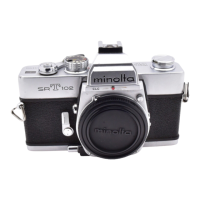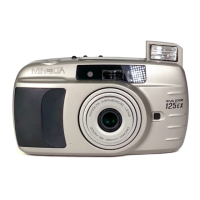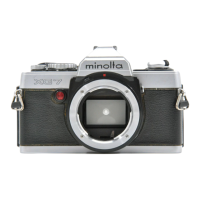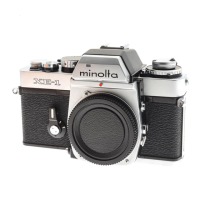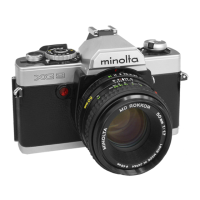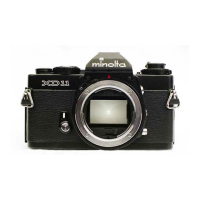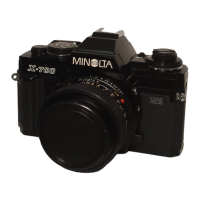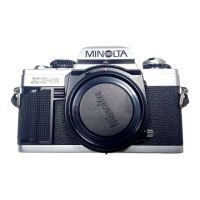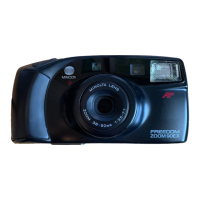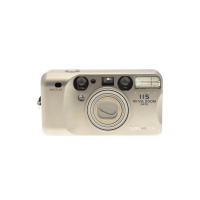Do you have a question about the Minolta XL-Sound 84 and is the answer not in the manual?
Details basic film loading and sound recording features.
Covers filming in dim existing light conditions.
Describes zoom lenses and TTL metering with auto/manual exposure.
Details the viewfinder and focusing mechanisms.
Details automatic and manual exposure measurement.
Outlines optional accessories for versatile sound recording.
Features of the viewfinder for clear viewing and focusing.
Explains film loading and automatic exposure for sound film.
Details filming in low light conditions without special lighting.
Covers optional accessories for versatile sound recording.
Provides essential filming and sound-control info during operation.
Enables focusing on subjects as close as the lens surface.
Instructions for properly loading and checking batteries.
Steps for opening the film chamber, loading film, and setting filters.
Steps for adjusting zoom, focusing, and framing the subject.
How to use the run/lock switch and trigger to check exposure and sound.
How to extend and store the camera's rotating handgrip.
Details battery requirements and power source for camera systems.
Step-by-step guide for inserting batteries into the camera.
How to check battery power and its serviceability.
Advice on battery performance in cold temperatures.
Instructions for loading and unloading film cartridges.
Details compatible film types and lighting considerations.
Specifics on filming under cinema lighting conditions.
Guidance for filming in daylight conditions.
How to adjust the viewfinder eyepiece for clear vision.
Explains the information displayed within the viewfinder.
How to close the eyepiece shutter for remote or unmanned operation.
Techniques for holding the camera steady for better movies.
Instructions for connecting and using the standard microphone.
Explains the selector for audio input levels and auxiliary sources.
How to use the monitor earphone for sound control.
Details standard and optional frame speeds for filming.
Describes preset focusing techniques for moving subjects.
Explains how to change focal length using manual or motor zoom.
Discusses depth of field impact at different focal lengths and lighting.
Explains how the camera automatically controls aperture for correct exposure.
Details how to adjust exposure for backlit subjects.
How to use the trigger for sound testing before filming.
How to operate the trigger for actual filming.
How to set the camera for continuous filming without holding the trigger.
Using the standard microphone for remote camera operation.
Steps to gradually fade a scene to black using manual aperture.
Steps to gradually fade a scene in from black using manual aperture.
Techniques for optimal microphone placement and sound recording.
Guidance on achieving good lighting and exposure for movies.
Advice on varying scene lengths for pacing and editing.
How to smoothly move the camera for panoramic shots.
Guidance on using zoom for creative effects and movement.
Tips for using close-ups and titles to add interest to films.
Importance of editing for pace, smoothness, and story.
Details carrying cases and various microphone options.
Explains FM wireless receivers and microphones.
Covers remote cords, external battery units, and extension cords.
Lists available filters for UV, ND, and color correction.
How to protect the camera from environmental factors and damage.
Instructions for cleaning the camera body, lens, and film gate.
Advice on storing the camera properly, including battery removal.
| Macro Focusing | Yes |
|---|---|
| Film Format | Super 8 |
| Filming Speed | 18, 24 fps |
| Power Source | 6 x AA batteries |
| Focus | Manual |
| Type | Super 8 movie camera |
| Viewfinder | Single Lens Reflex |
| Exposure | Automatic exposure control |
| Sound | Magnetic sound recording |

